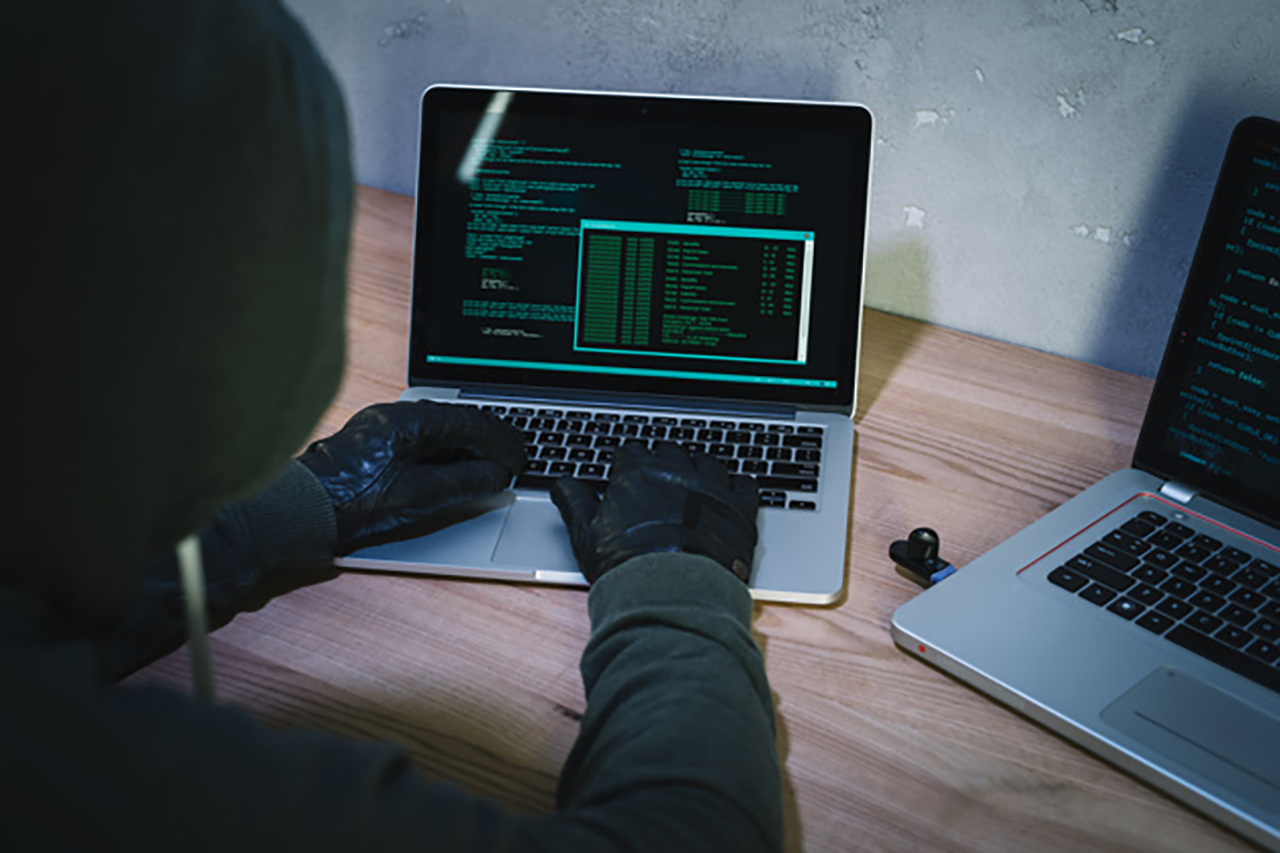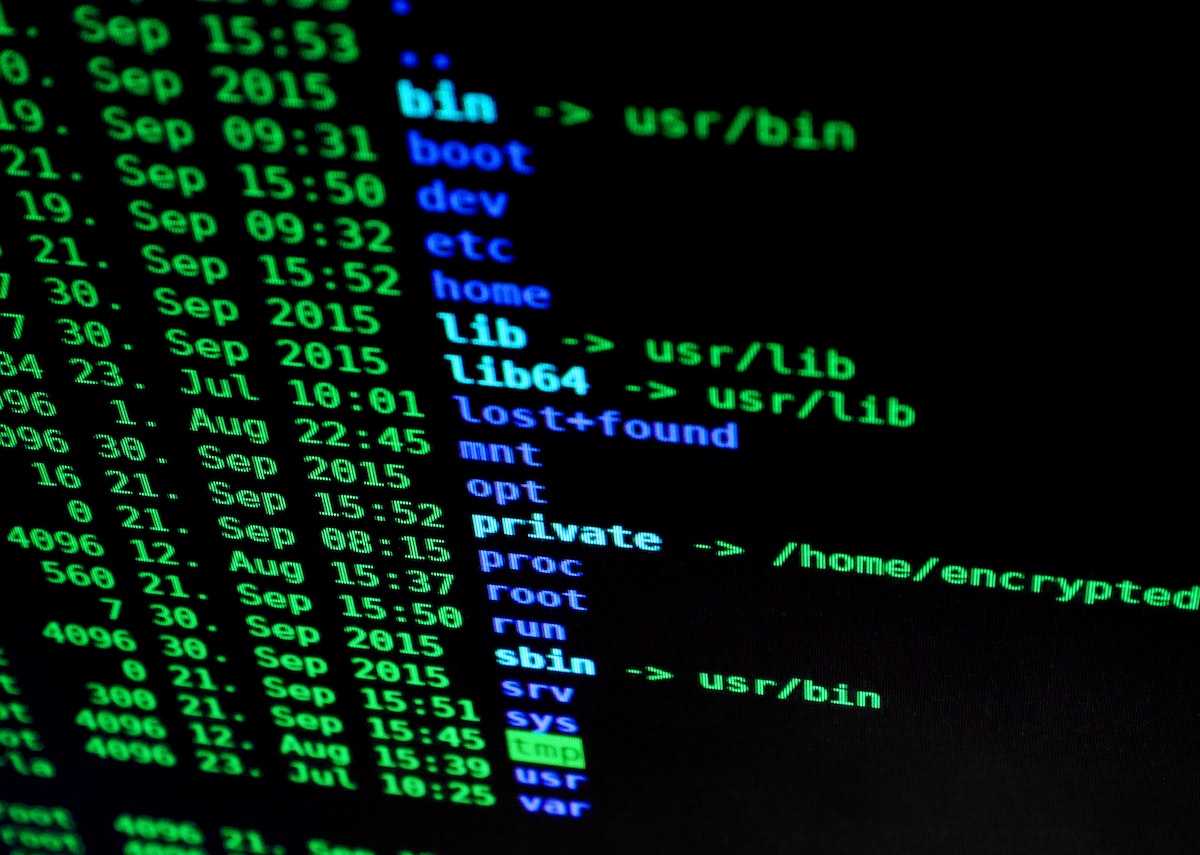The Key Stages of Advanced Ransomware Threat Attacks
Share

One of the biggest nightmares for almost all business owners out there is a virus attack that can damage or steal all their confidential data. Some sophisticated cybercriminals tend to create ransomware viruses that can cause maximum damage to increase their profit.
The distinctiveness of ARTs is that they select your most valuable data for ransom while also making sure you’ll never be able to find a copy for restoration. Hence, you must be careful against these attacks and take necessary precautions. Furthermore, advanced ransomware attacks consist of six stages and getting a better understanding of these stages will help you overcome the obstacles.
Reconnaissance
The first stage of an ART is reconnaissance. This is when the hacker will analyze and review potential information about their target; mostly a company. They’ll also check your company’s insignificant information along with the vital data such as the employee list on your website for a more strategic ransomware attack plan. Once they succeed in doing so, they’ll then start looking for more details about each employee, especially their active email id on the internet. This way, the culprit can get access to your employees’ social media posts, blogs, and other details.
This will give them a brief idea about all the sites each employee regularly visits. Then, they will create malicious links or dangerous attachments that employees are likely to open. This will, in turn, let the hackers retrieve sensitive information such as company reports, press releases, job postings, etc. Using this information will help the attacker form a report of the key organizational processes and employees. They’re most likely to include information such as suppliers, contractors, and other parties that cooperate with the target company.
Penetration
This is the second phase of ART. Penetration is when the cybercriminals launch whaling, social engineering, or phishing attacks on important personnel or employees in a company. With the database they gathered during the former phase, the hacker will use that to help create emails. Plus, they’ll also make sure to mention businesses, services, or people that the target is familiar with to make the email seem more legitimate.
In order for the attacker to achieve a foothold, they’ll attach a malicious payload that is specially designed to penetrate the security controls. They’re more likely to target higher officials such as CEOs, CFOs, etc., for substantial damage. However, they may also target lower-level employees as well.
Fortification
After the second phase, the attackers are likely to enter the network of the target company. During this phase, they will find ways to hide any evidence of intruding. Then they’ll figure out potential ways to re-infect company machines over time.
Some online hackers will even try to protect major devices from other vulnerabilities or attacks so that activities of other hackers won’t call attention to their activities either purposefully or inadvertently.
Infiltration
At this point, the hacker will try to target higher-value or vital accounts so they can gain access to confidential and sensitive data. Plus, they will try to find assets with which the culprit can hinder the backup or archival processes. Note that reviewing process documentation is the best way to understand the incident response or backup procedures.
Furthermore, the attackers will try to do an internal reconnaissance to gain access to additional accounts. They will also try to identify the technical controls to bypass some steps. Some culprits tend to steal sensitive data at this stage so they can sell it to your rival company or use it during other attacks. Keep in mind that hackers tend to steal administrator credentials during this phase.
Spoliation
During this stage, the hackers will target the backup routine of your company and set it in a way that appears to be functioning but in reality, does not actually secure the targeted data. You’ll also find that the attackers may spurge some data as well. Unfortunately, they’ll take the necessary precautions so you won’t be able to figure it out.
The attacker may remove important data from container files and leave the parent folder as such. Then, they’ll introduce bugs into the company software to make the restoration process even more challenging. On top of that, they’ll modify the backup data so that the restoration experts will not be able to find it.
Ransom
During the final phase, the hackers will deploy or release ransomware to the data storage or folder that carries the targeted data. They’re also likely to include the date for the ransom so that it’ll show the major impact its caused during important events. For example such as on the day of major acquisitions, at the time of a merger, or surrounding audits. At this time, only the attacker will have the key to decrypt the data. They’ll quickly clean up all the backup files, archives, remaining data, and the evidence of their presence across all the company devices.
However, they’ll leave a small avenue so that they can return to demand more ransom. This is when a company may realize that their security has been breached and the data cannot be restored. Even though ARTs are common, most victim companies tend to hide this data breach because it can question their credibility. After all, the business owners are obliged to secure their data as well as their clients’ confidential data.




